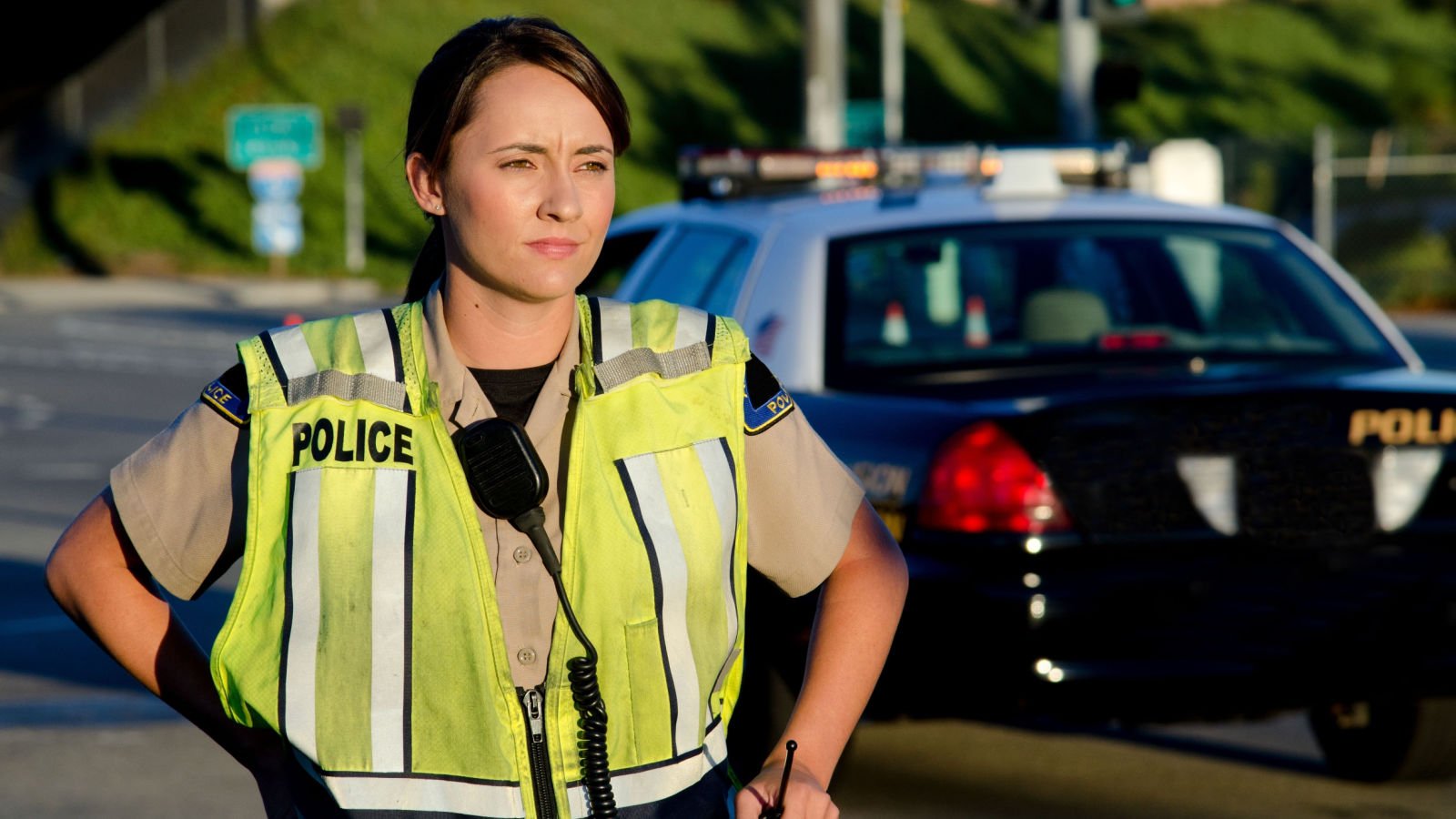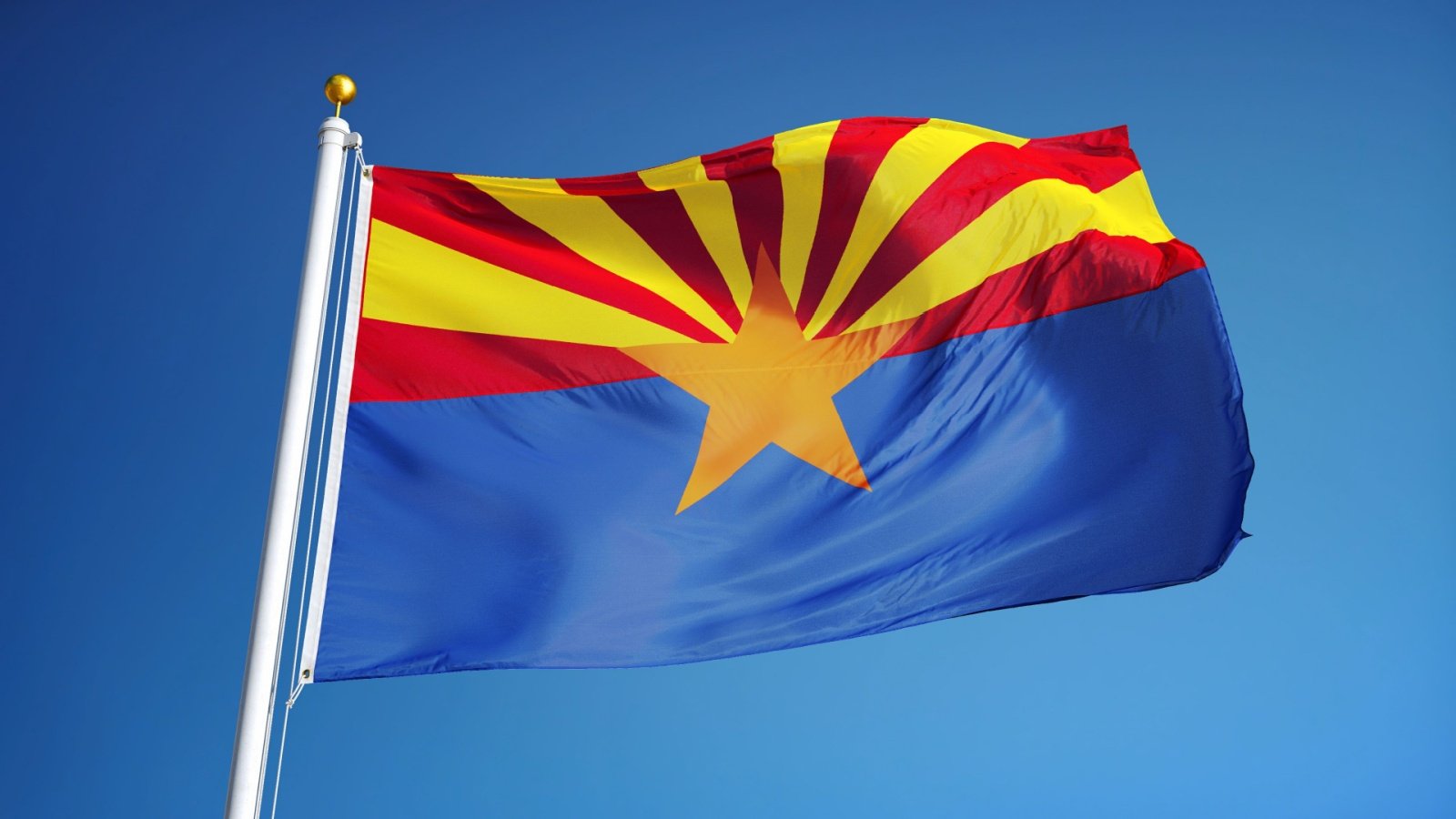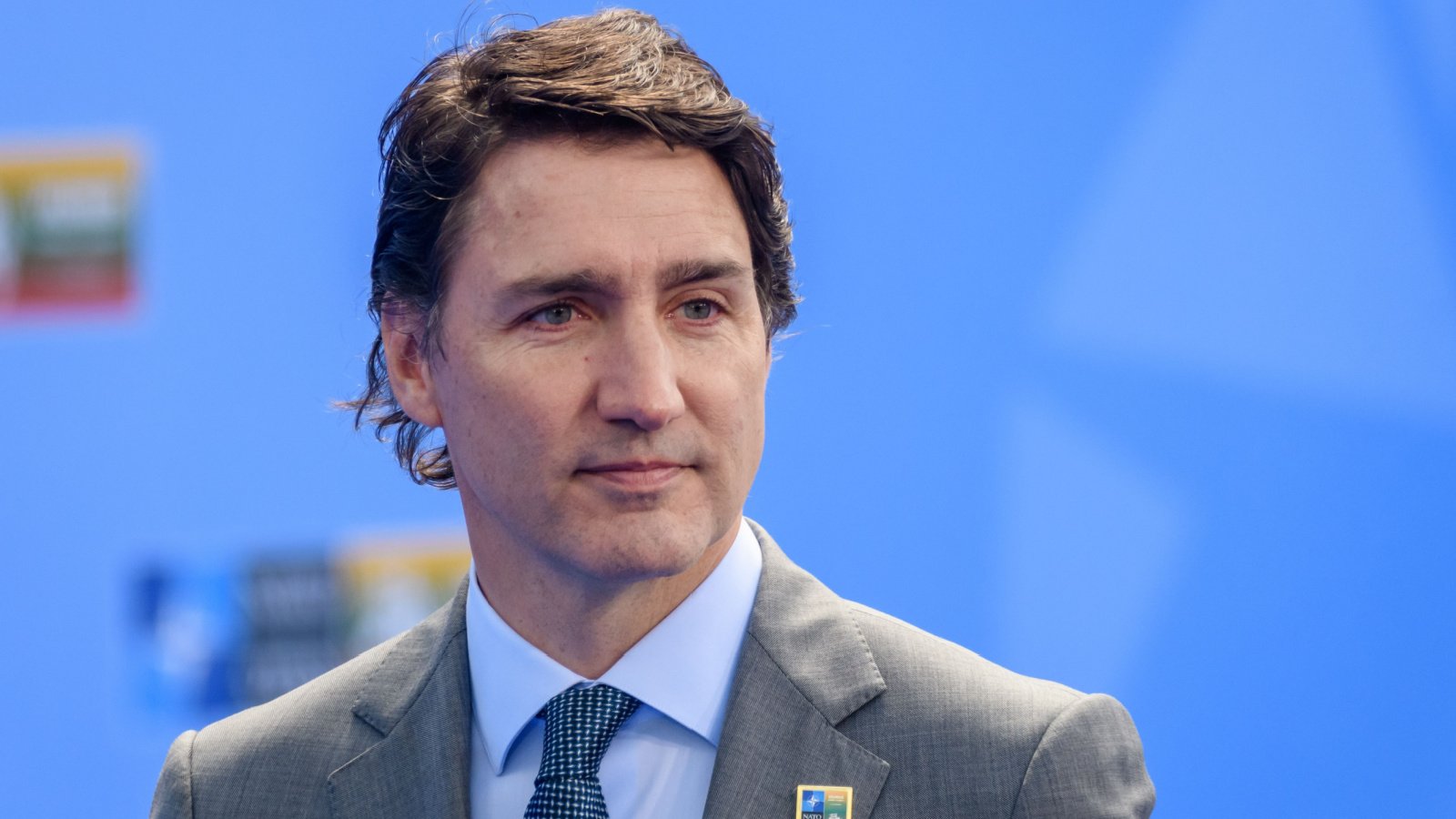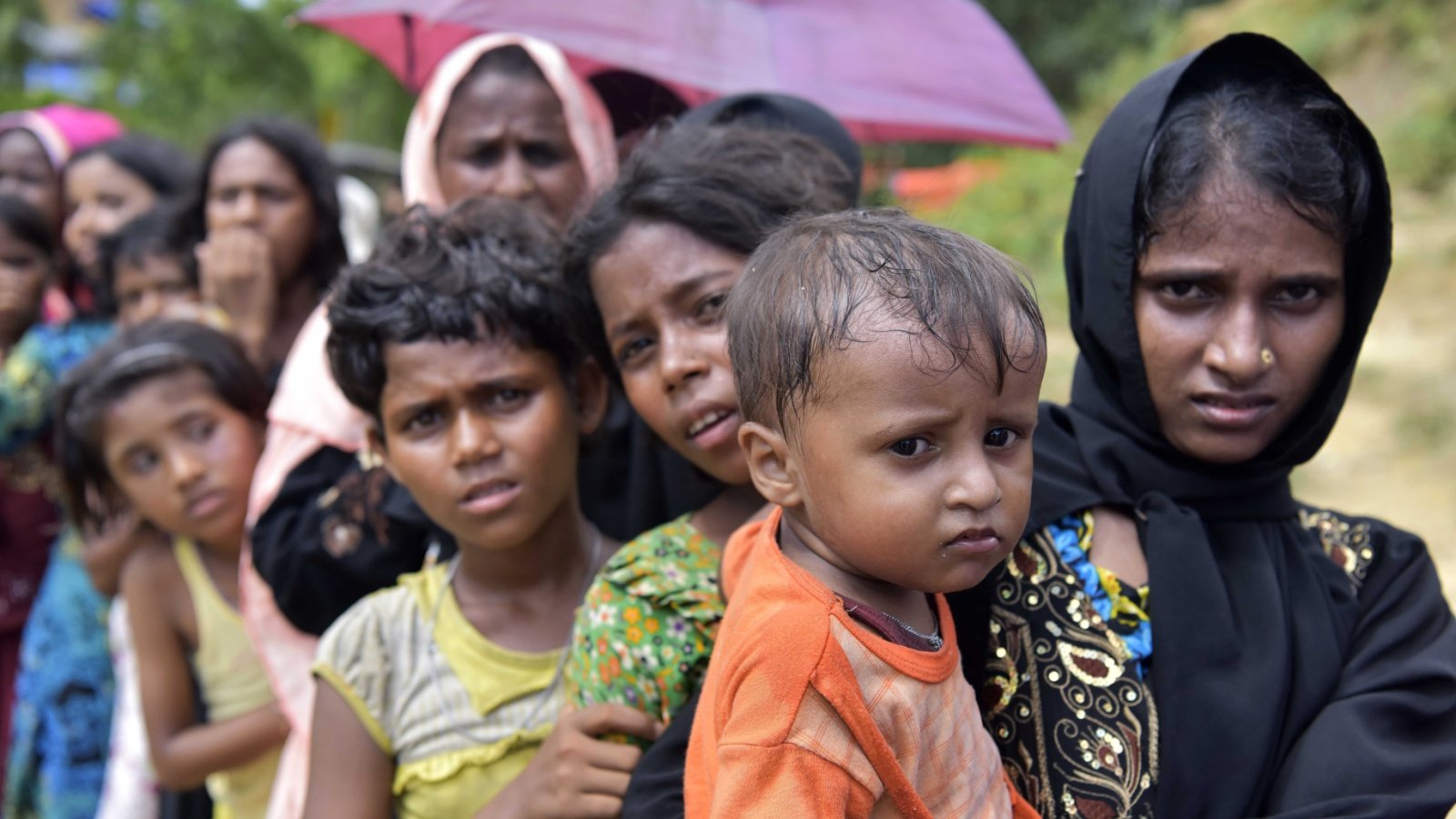At Columbia University, the aftermath of recent protests reveals a campus in disarray, with Hamilton Hall bearing the scars of chaos. Broken windows and overturned furniture tell a tale of escalation that culminated in a significant police raid.
Campus Unrest at Columbia

Chaos erupted at Columbia University as protesters smashed windows and overturned furniture in Hamilton Hall. The disruption escalated until police intervened late Tuesday night, arresting over 100 individuals.
Police End Protest
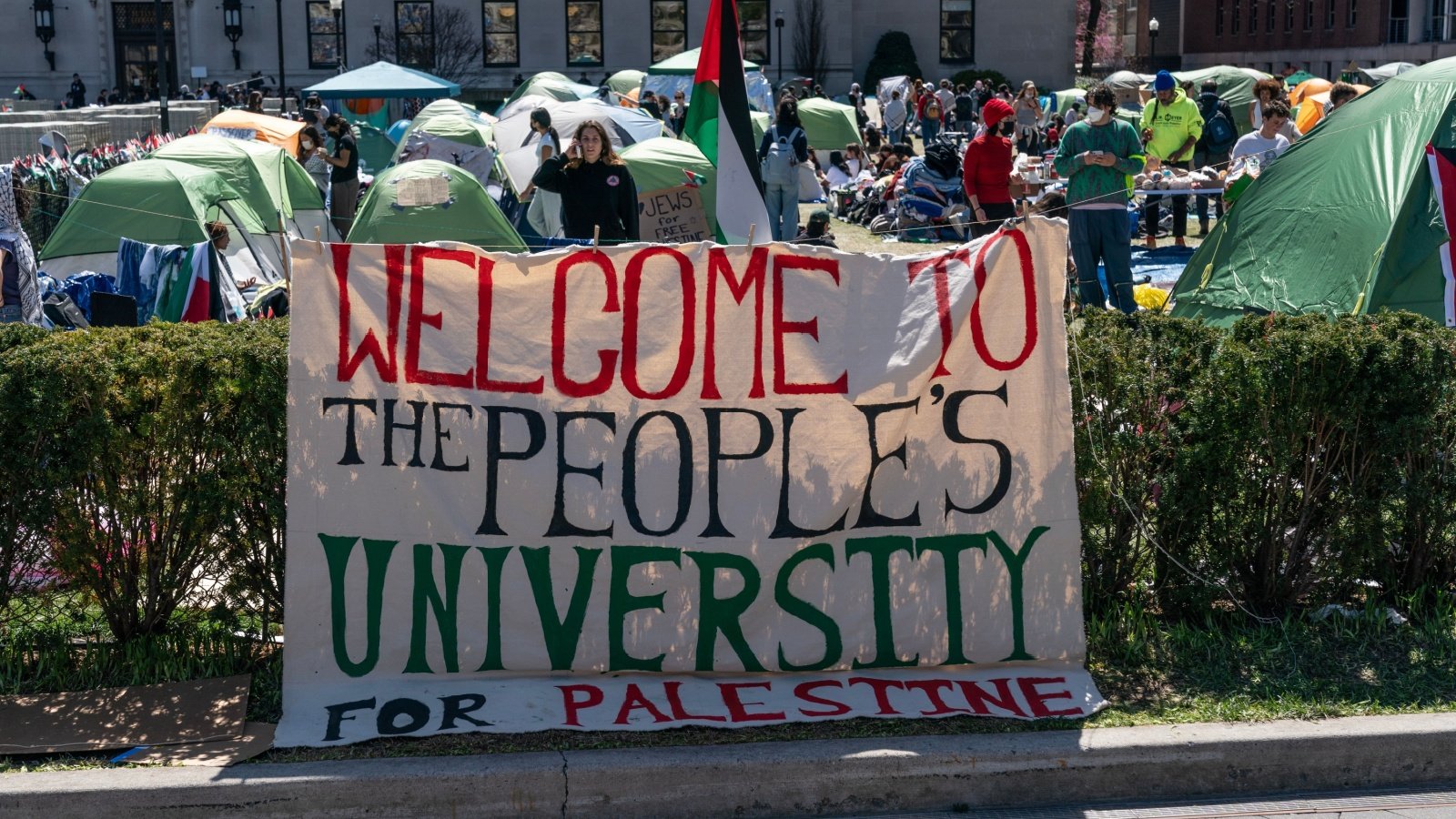
After nearly two weeks, the pro-Palestine protest came to an abrupt end when police arrested around 40 demonstrators inside the building post-9pm. The occupation, which began as a peaceful encampment, spiraled into a major disturbance.
Aftermath of the Occupation

The interior of Hamilton Hall was left in disarray, captured in photos and videos showing a scene littered with the remnants of the protest. Personal belongings of activists were scattered among the wreckage.
Intervention by University President
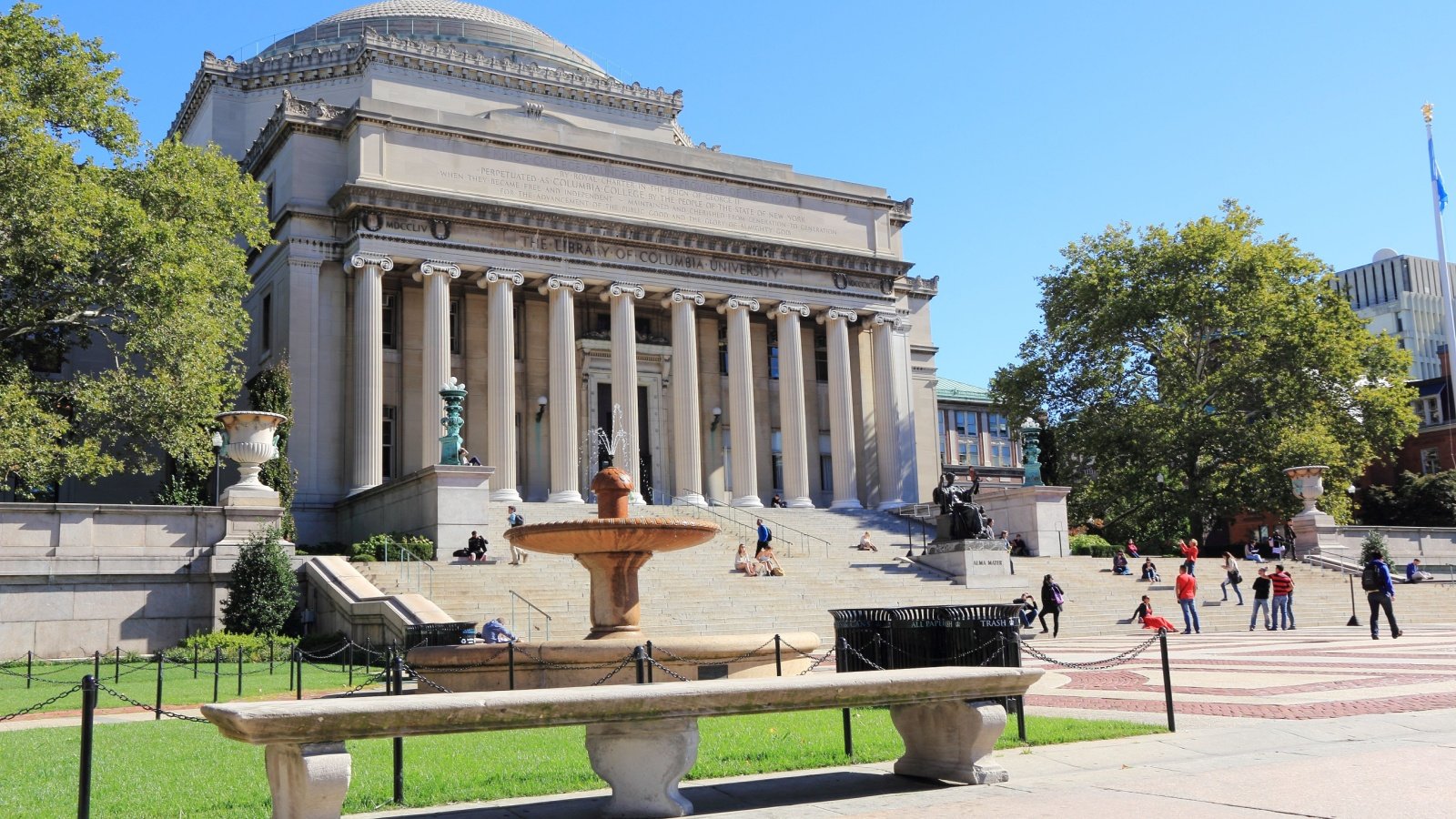
In response to escalating protests, Columbia’s President Minouche Shafik called on the NYPD to restore order on campus. The situation had grown tense, with protesters also setting up a large encampment on the university lawns.
Widespread Arrests
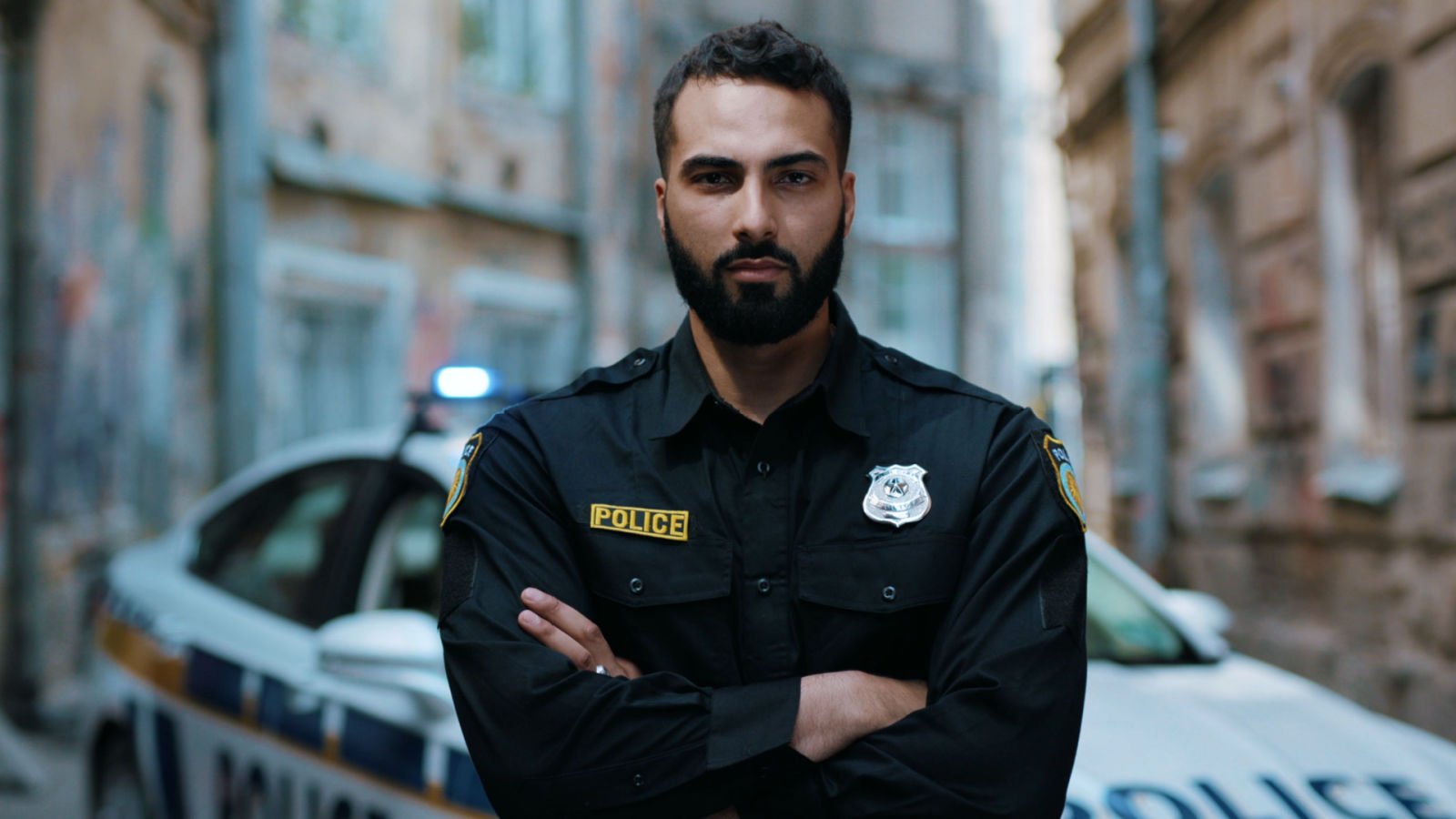
The police operation extended beyond Hamilton Hall, leading to arrests at both Columbia and nearby City College New York. Demonstrations at both locations were quelled as police moved swiftly through the campuses.
Barricade Tactics
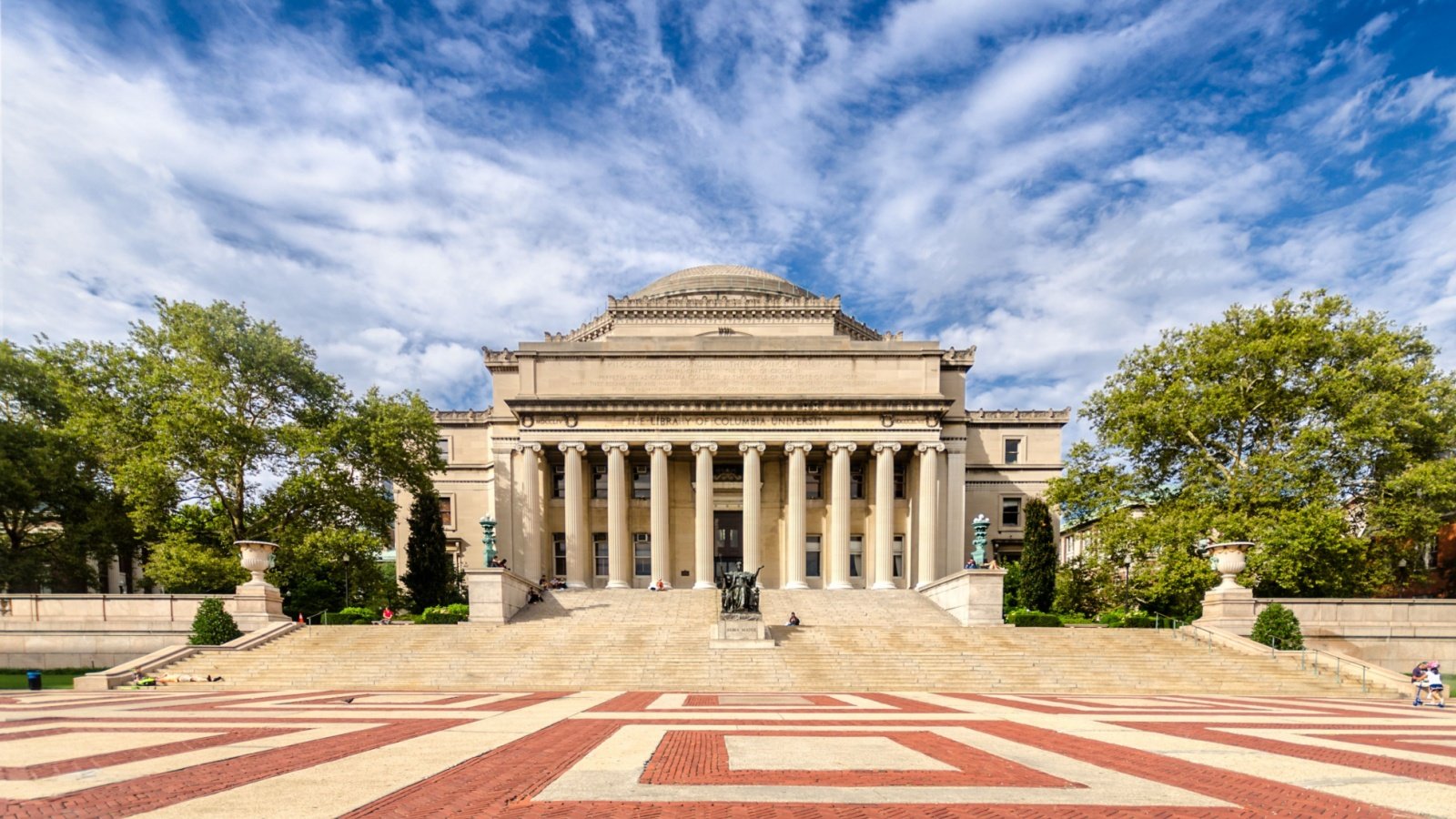
Protesters fortified Hamilton Hall by barricading the entrance with furniture, compelling police to enter through an upstairs window. The strategic barricades included chairs and desks turned upside down.
Financial Toll of the Damage

The extensive damage to Hamilton Hall is expected to cost thousands of dollars. The aftermath reveals significant disruption, including furniture used as blockades.
Origins of the Unrest

The unrest at Columbia began with a controversial encampment established on April 17. This came after President Shafik faced congressional scrutiny over issues of anti-Semitism on campus.
Escalation of Protests

Ignoring repeated calls to disperse, protesters escalated their tactics with a violent takeover early Tuesday. The university was forced to move classes online and close facilities as the situation intensified.
Rapid Police Response
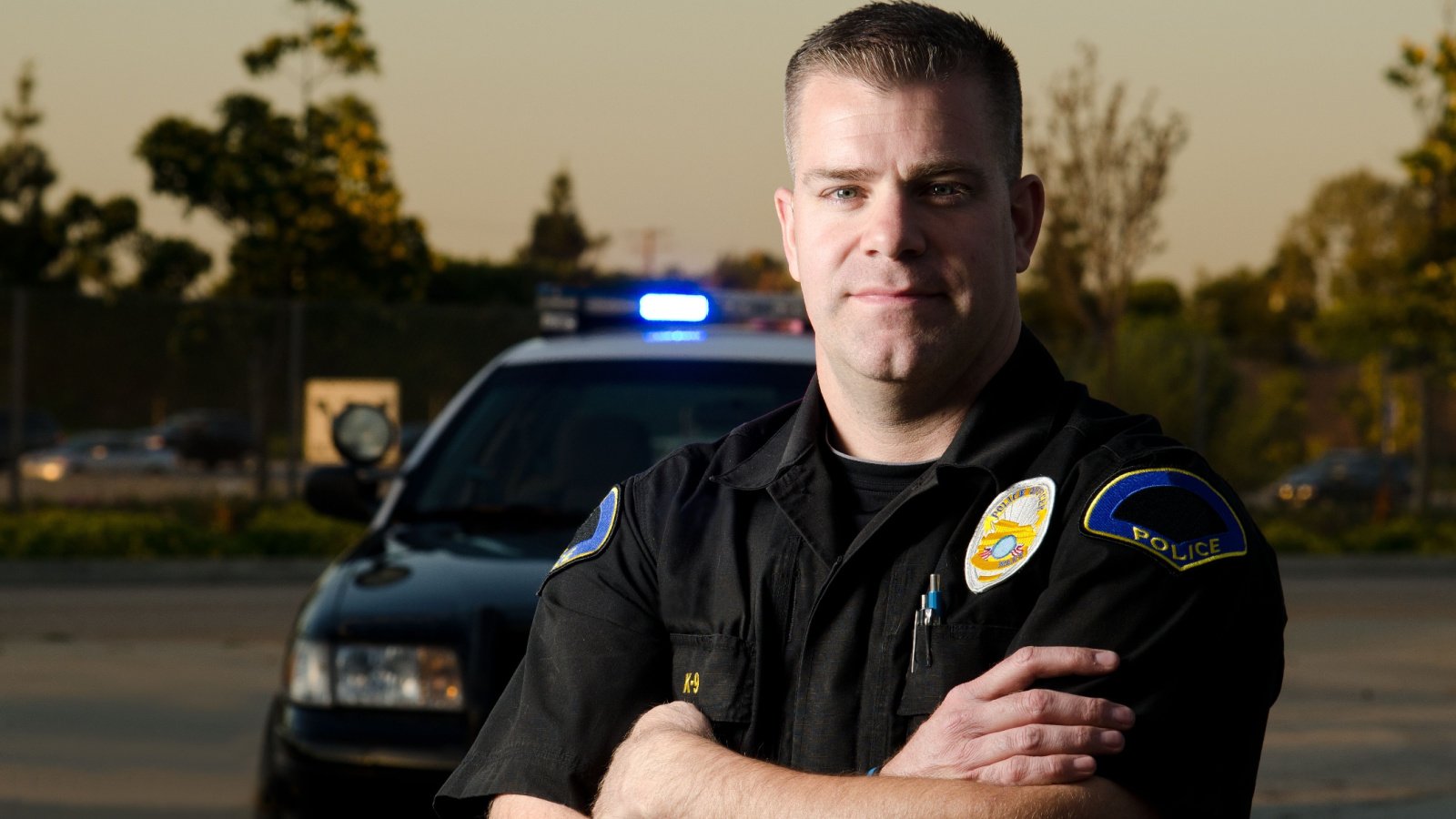
After weeks of turmoil, police were finally called in and managed to clear the campus in just two hours. Their efficient response helped to quickly restore a semblance of normalcy at the university.
Security Measures Extended

In the aftermath, university administrators have requested that police maintain a presence on campus until after graduation. This decision aims to ensure safety and order through May 17.
NYPD Clears Campus
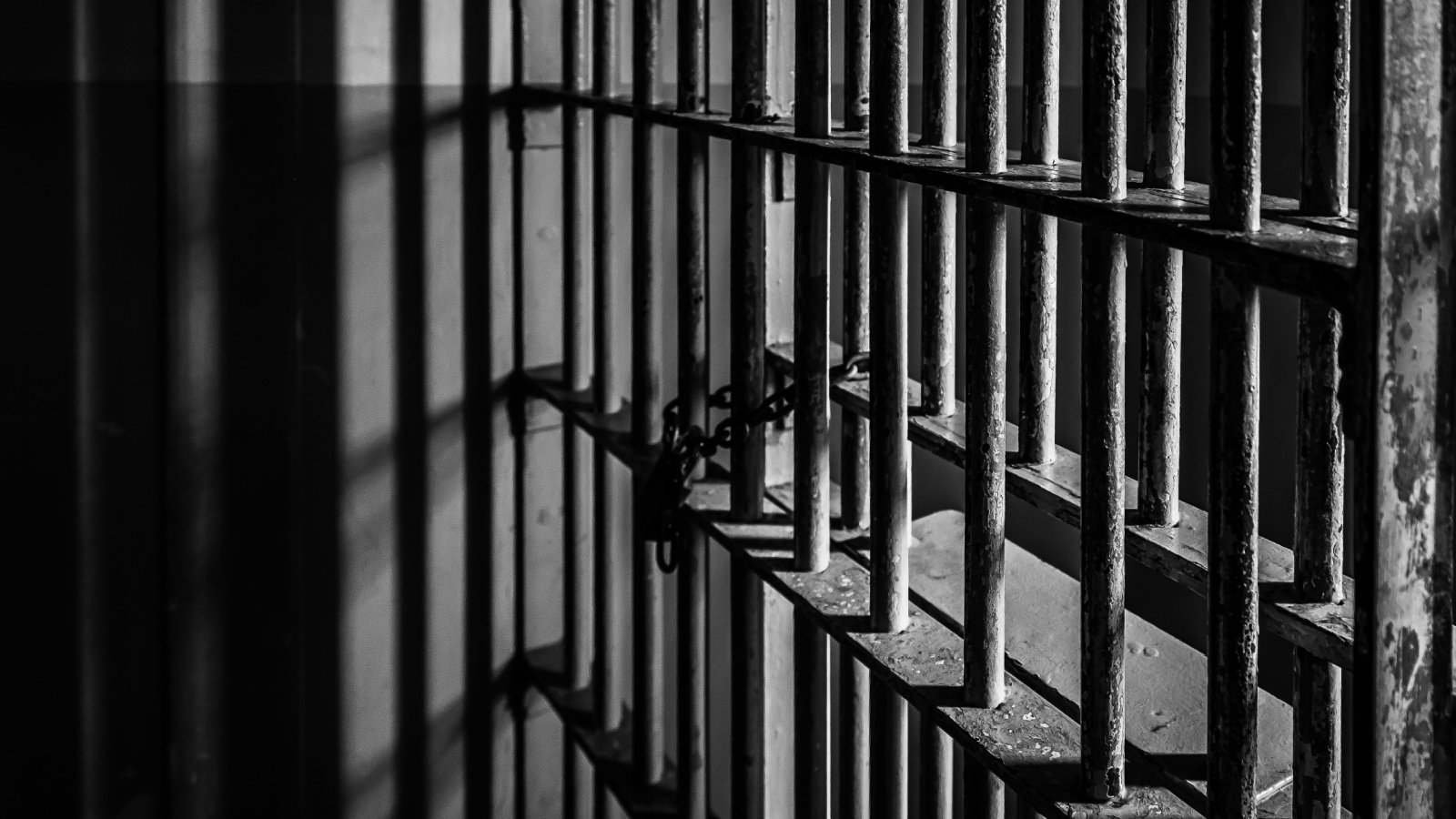
The NYPD successfully cleared Hamilton Hall by late Tuesday, ensuring there were no injuries during the operation. This marked the end of the protests, with the university beginning to recover from the upheaval.
Escalation at Columbia
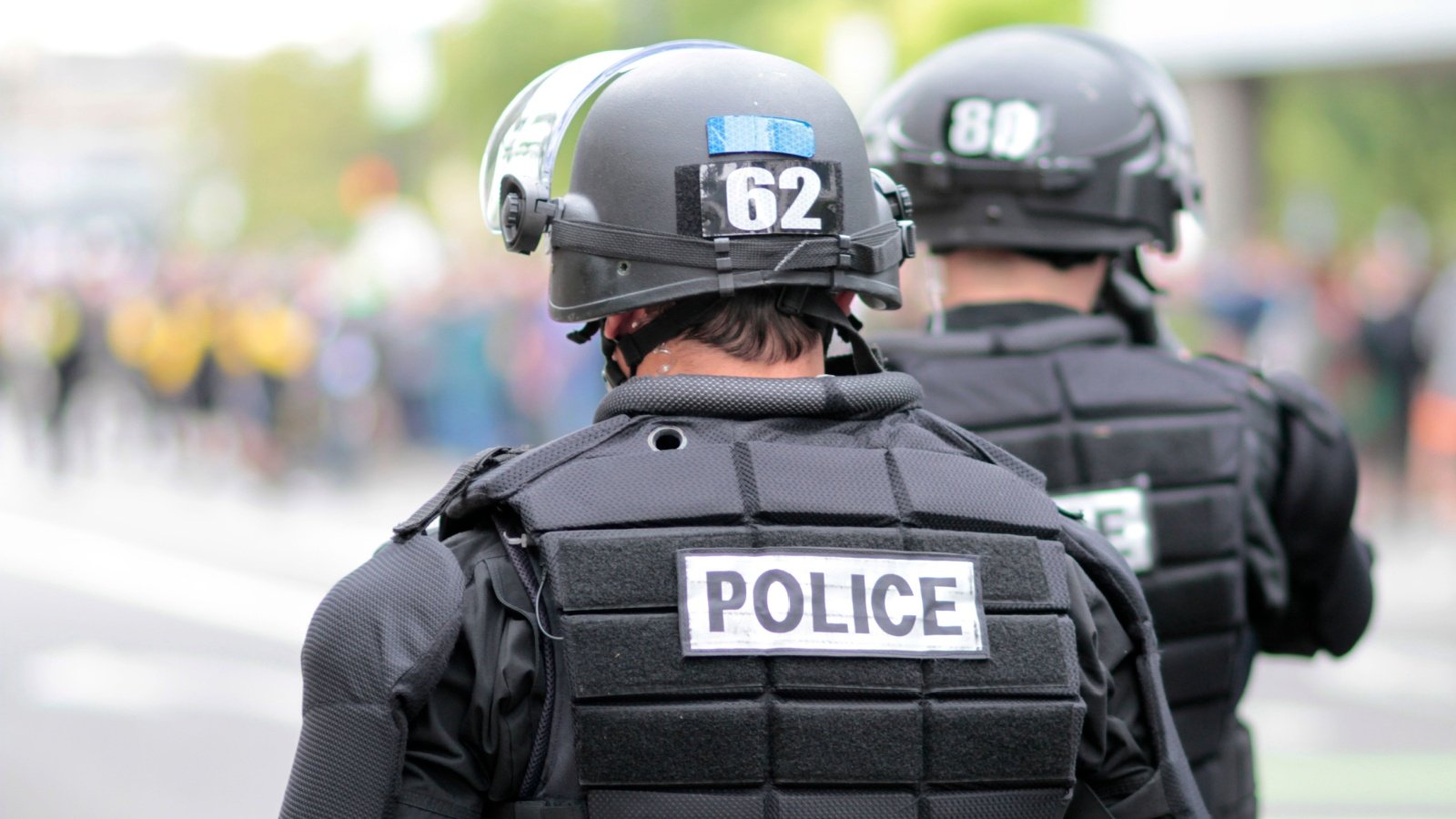
Hours before the raid, officers in riot gear were seen approaching the campus, equipped with zip-tie handcuffs and pepper spray. Despite the backlash from a previous encampment dispersal, President Shafik delayed involving the police until the protesters adopted increasingly violent tactics.
Decision to Intervene

Ultimately, the infiltration of the protest by alleged ‘outside agitators’ prompted the decision to call in law enforcement. The university aimed to restore safety and order, regretting the protesters’ choice to escalate the situation, as stated in their official response.
Immediate University Response

Following the overnight occupation and vandalism of Hamilton Hall, Columbia University felt compelled to act. With public safety personnel expelled and threats made to their facilities team, the administration was forced to prioritize community safety over all.
Legal Consequences
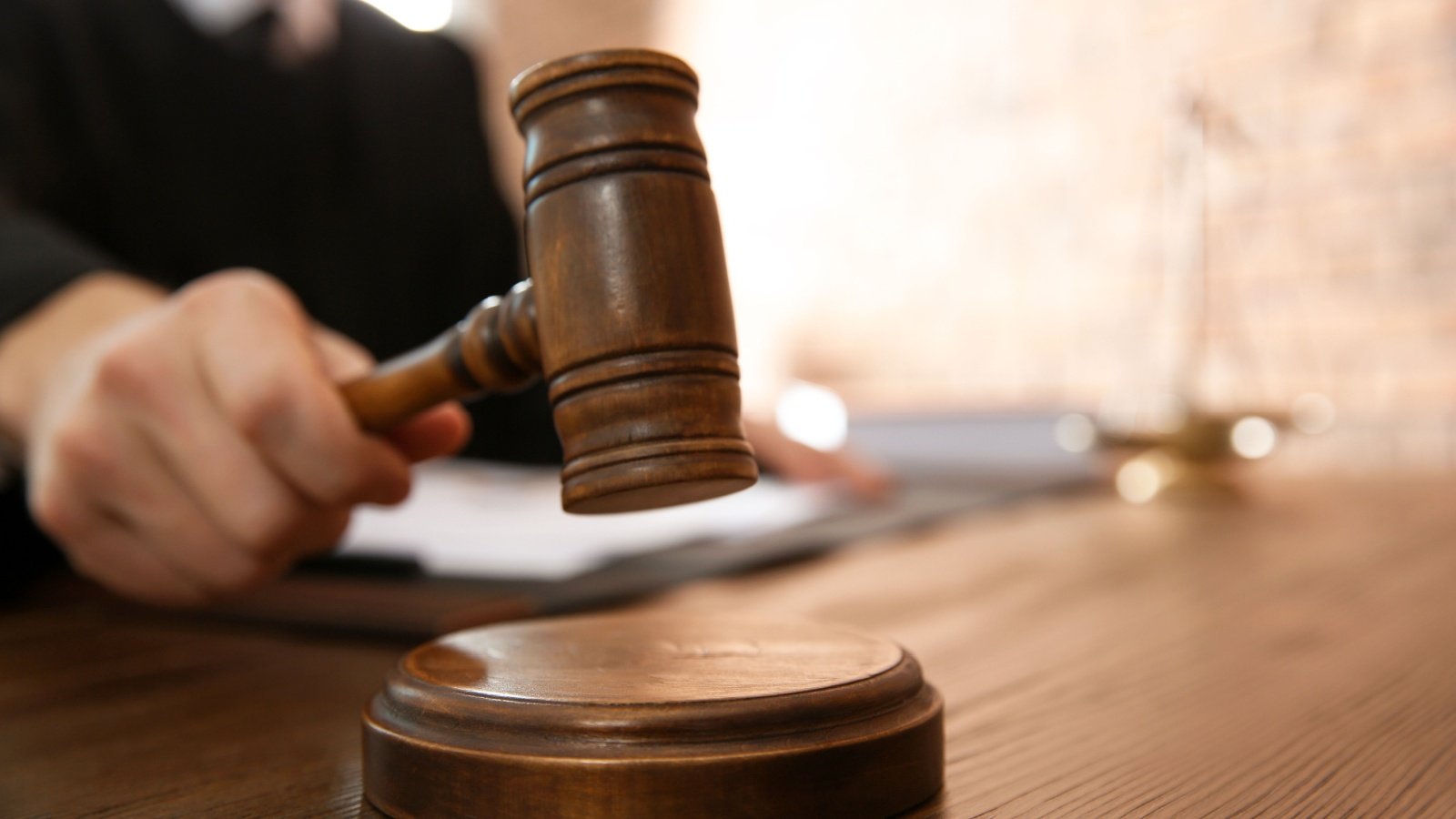
Those occupying Hamilton Hall now face potential charges of trespass and burglary, while participants in the broader encampment risk charges of trespassing and disorderly conduct. This legal stance underscores the university’s commitment to maintaining order.
Protesters’ Demands
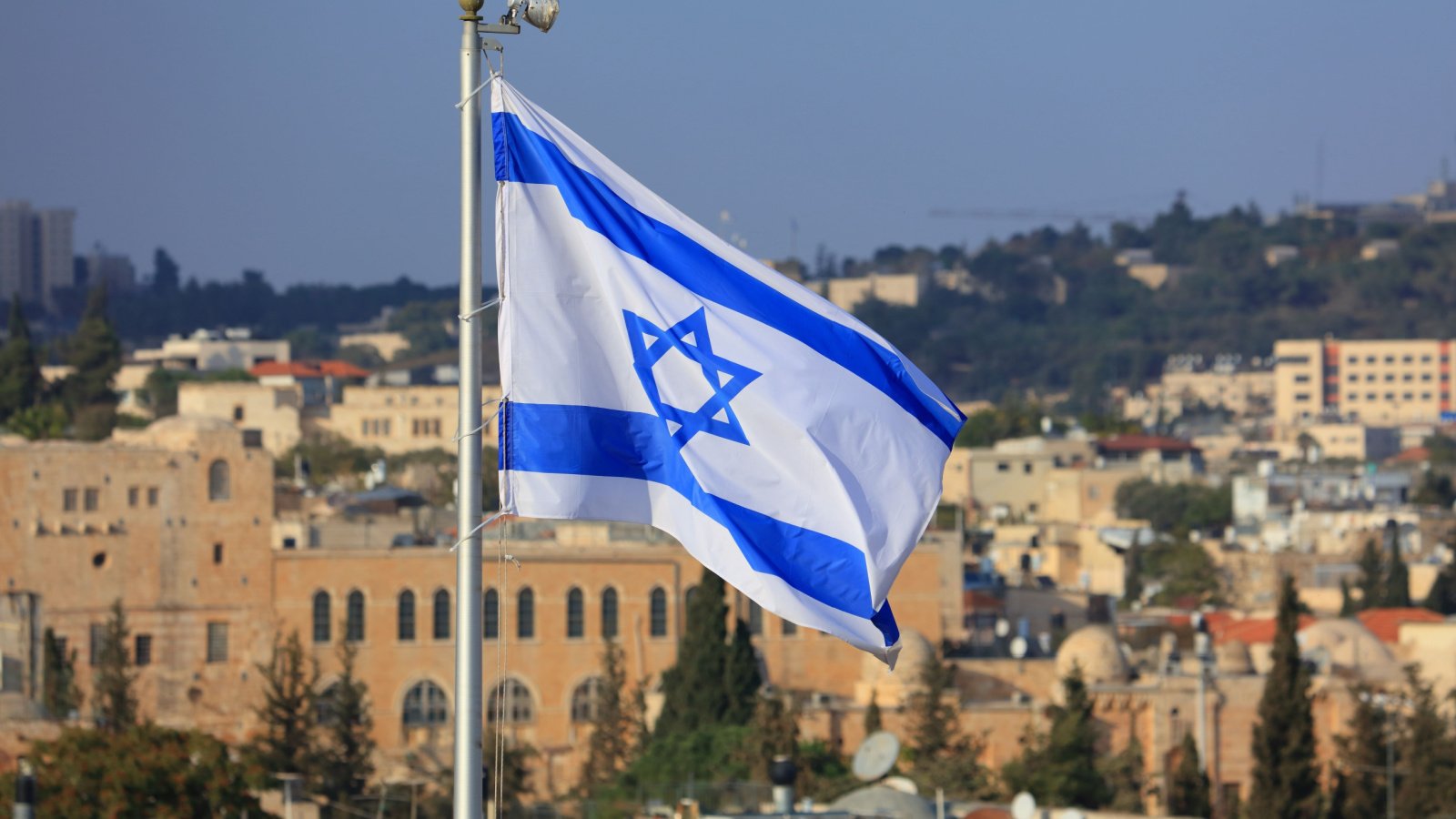
The protesters, calling for the university to divest from companies linked to Israel or profiting from the conflict with Hamas, drew inspiration from historical campus movements like the 1985 anti-apartheid divestment. Despite these calls, Shafik has resisted divestment, though she opened the possibility for review by the school’s advisory committee.
Ongoing Tensions

The clearance of the protest is not the end for President Shafik, who faces continued criticism, including from her own faculty who condemned the intervention. The faculty’s statement highlighted a perceived failure in administration, accusing it of letting tensions escalate to a breaking point.
Impact on Campus Life

The protests not only disrupted campus operations but also coincided with finals week, adding stress to an already tense environment. This timing maximized the disruption, affecting both academic schedules and campus peace.
National Impact
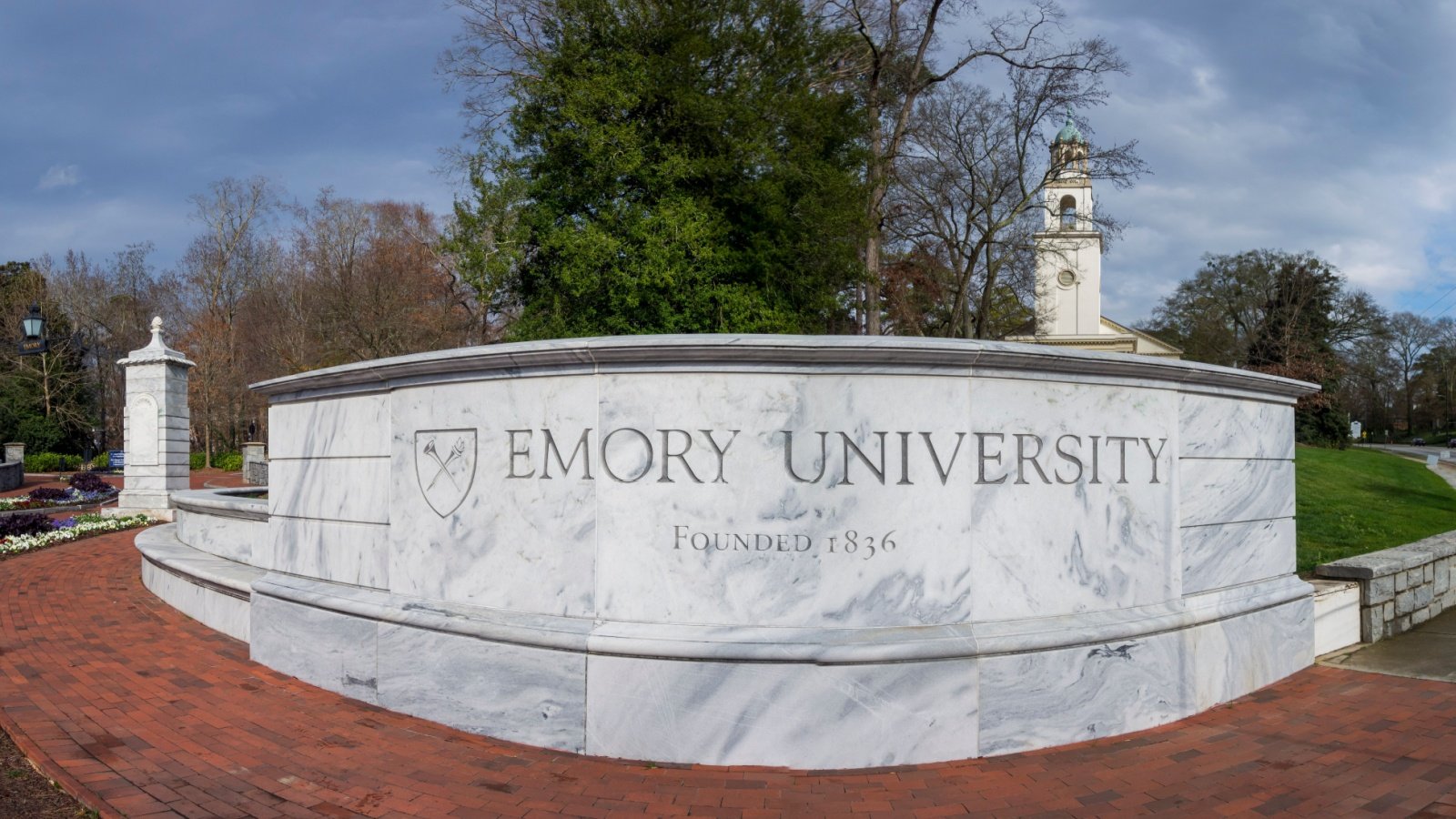
As Columbia dealt with its protests, similar demonstrations emerged at other universities, indicating a nationwide pattern of campus activism. These protests, often accompanied by significant police presence, reflect a broader challenge in balancing student activism with campus safety.
Additional Campus Unrest

At the same time, a related protest unfolded at the City University of New York, where protesters used flares and barricades to make their stand. The NYPD had to intervene after 9:30 pm to manage the situation, which included vivid displays and vocal support for Gaza.
Official Warning

NYPD Assistant Commissioner Rebecca Weiner emphasized at a press conference that the protest had been compromised by external influences, not affiliated with the university. She highlighted the risk of the protest spreading and its deviation from peaceful student activism to potentially violent occupations.



